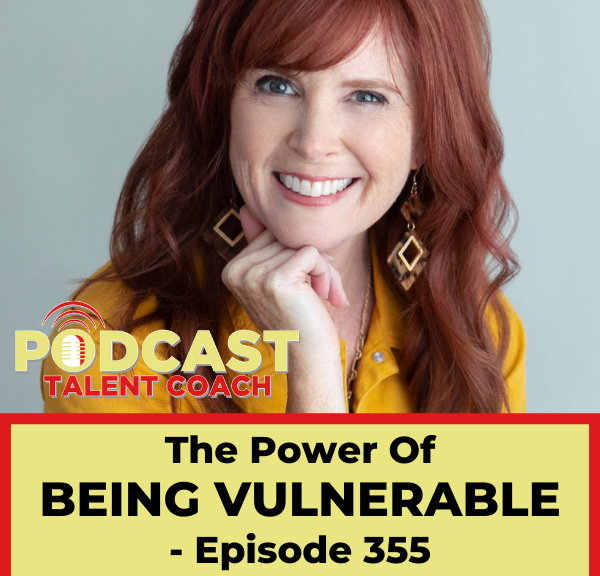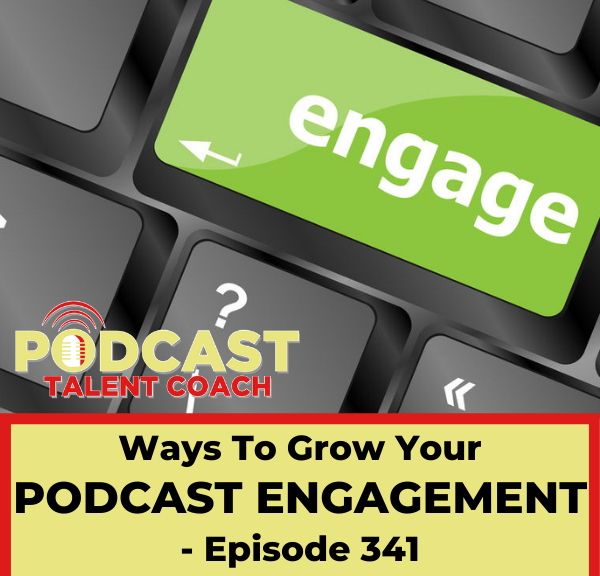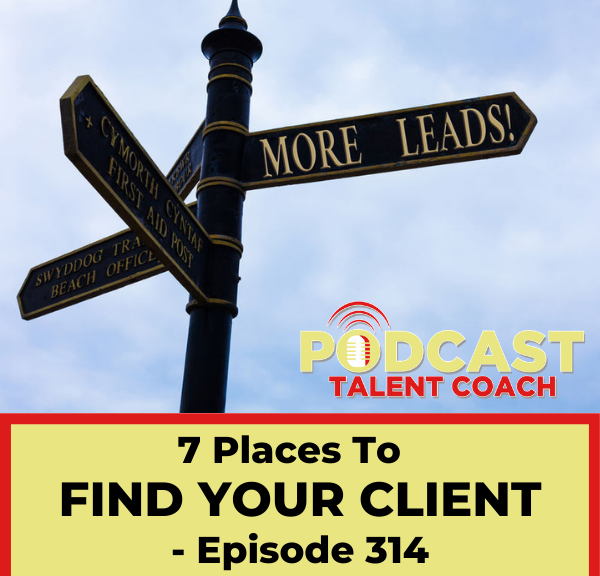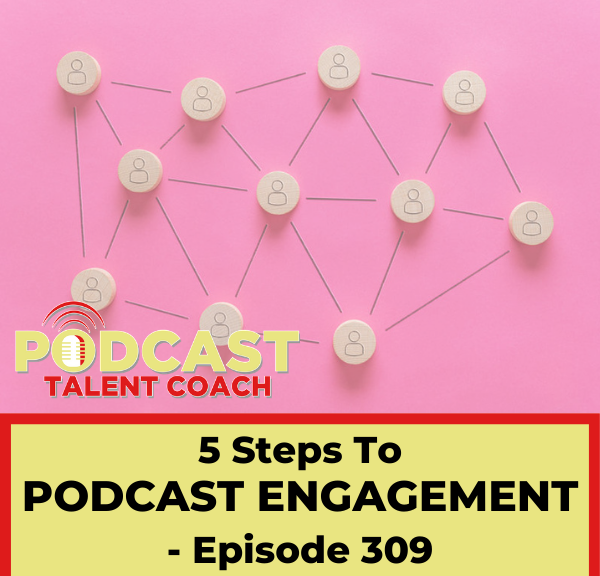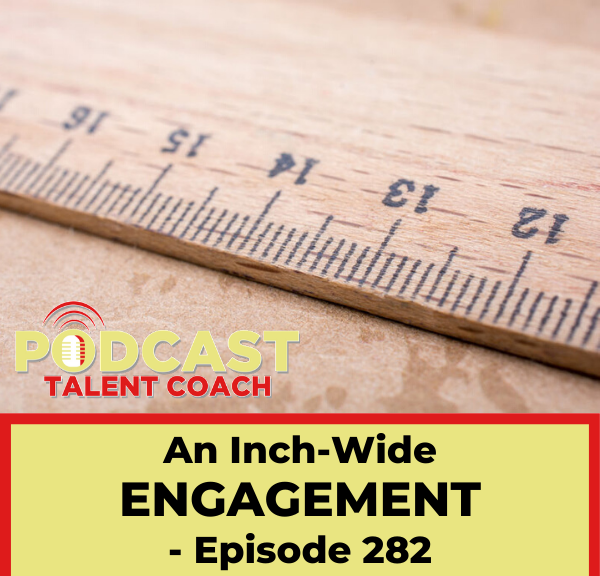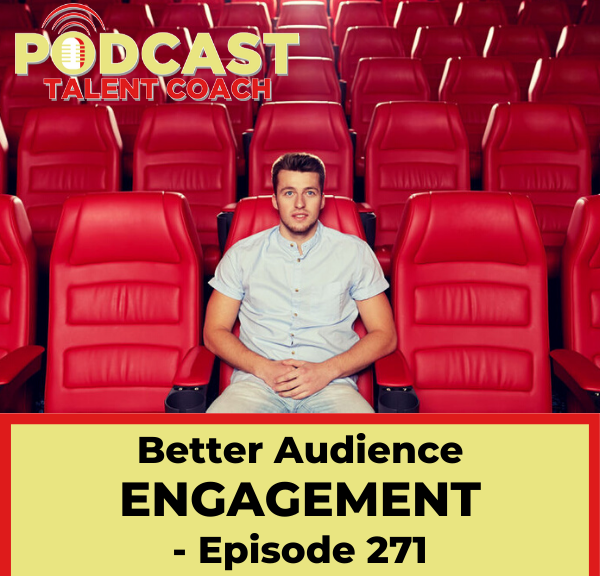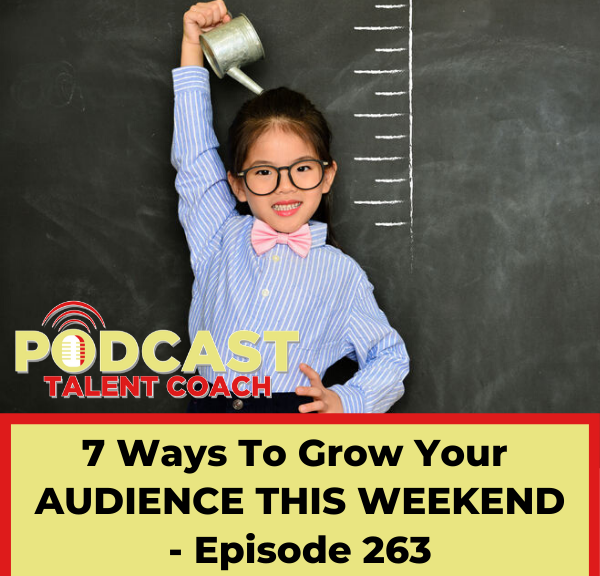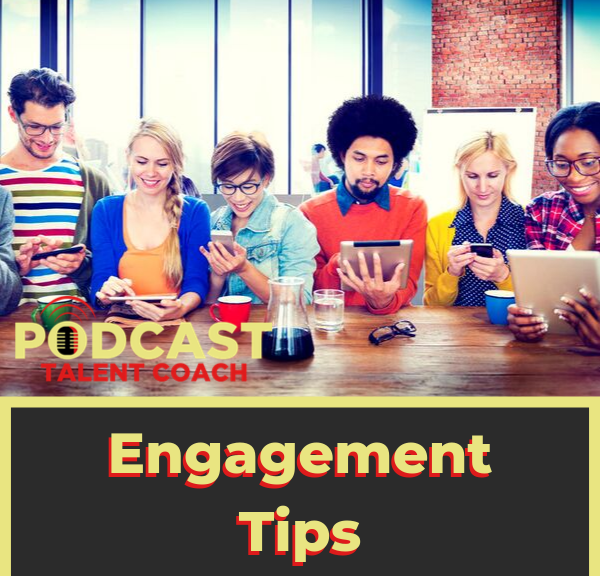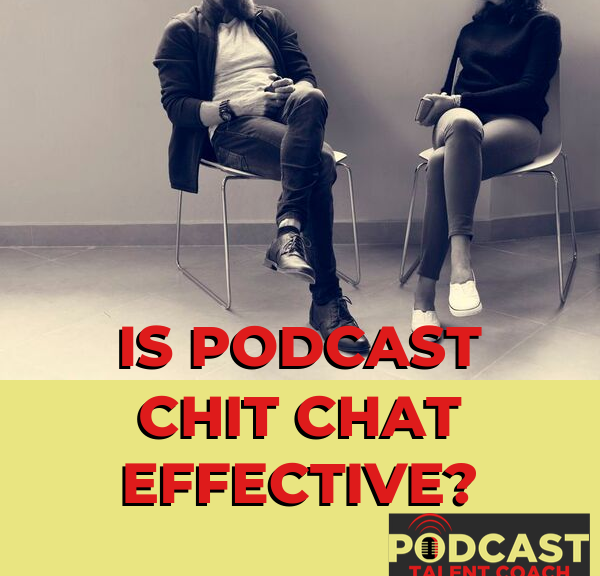Podcast: Play in new window | Download
Subscribe: RSS
It is scary to put yourself out there and be vulnerable. But, it is also powerful. When you are working to build engagement with your audience, you need to be a bit vulnerable. That’s what makes you lovable.
BOOTCAMP
Before we jump into it, I want to give you a little update on the project I’m working on.
Last week I mentioned that I am putting together a workshop where I will take your hand and walk you through every step of the way to your goals.
You’ve given me a ton of great feedback, and I really appreciate it. So much feedback that I’m still going through all of it to determine exactly what you need and what the workshop will do for you.
It will take me another week or two to get it all put together. I can’t thank you enough for all of the responses to the survey.
This workshop will be something where we actually get work done. I don’t want to create just another empty webinar like you find everywhere else. I want to create a full day event that will help you get the work done. That’s why it’s a workshop. We will actually do the work together.
Once all of the feedback is reviewed, I’ll put it all together for you. Thanks for being patient. It is coming.
Now, let’s talk about building engagement, being vulnerable and attracting your ideal clients so you can make more money with your podcast.
THE PROFIT
You’ve heard the saying. People do business with those they know, like and trust.
I was watching an episode of Streets of Dreams with Marcus Lemonis the other night. You might know him from the CNBC television show The Profit.
On the episode, Marcus was researching the diamond district in New York City. It is a one-block stretch of 47th Streen in Manhattan between Fifth and Sixth Avenues. This block is one of the primary centers of the global diamond industry.
As Marcus was talking pricing with the jewelers, he asked about appraisal. How do you know the diamond is actually worth the asking price?
The jeweler said, “You just have to trust me.”
Now, this bracelet Marcus was buying had an asking price of $30k or $35k. This guy just wanted Marcus to trust him.
Even as they looked through that little magnifying glass at the perfection of the diamond, the jeweler told Marcus that most people have no idea what they are looking at. They have no idea how to price a diamond. You need a trained eye.
The same is true when you get your car serviced. You just need to trust the mechanic when he tells you that your car needs new brakes or the seal on your header is cracked. I have no idea what good and bad brakes look like.
THE TRUST
The sale is all about the trust. Your potential client needs to trust that you are telling the truth. However, they also need to trust that your solution will work for them, that they can actually do it and that it delivers the results you promise.
Many people want to learn the art of the close. Closing the deal is only about 10% of the sales process. Building rapport is the majority of the journey.
Trust is the primary reason you need to build rapport with your potential clients. They need to believe what you are telling them.
If you are simply talking about the features of your stuff and how much it costs, you’ve already lost your prospect.
Build a relationship with your future client before you ever discuss your solution.
To build that friendship, you need to be open and honest. You need to be vulnerable.
Trust your guest with some of your stories and flaws. Put yourself out there.
When you do, the Law of Reciprocity will kick in. The Law of Reciprocity basically states that when people receive something from someone else, the receiver feels compelled to return the favor.
If you are vulnerable and trust your prospect by using your stories and flaws, they will feel compelled to trust you in return. It isn’t that quick. The trust grows over time.
MANIPULATION
Some people think using the Law of Reciprocity is just simply manipulating their prospective clients. It is the opposite.
Think of your past relationships. Did you instantly tell the other person all of your secrets the first time you met them? Of course not.
As they told you a few things, you told them a few things. Over time, you learned just how much you could trust that other person.
There is a “right” time to be vulnerable and reveal things in a relationship. That time comes when the trust level is high enough. The give and take builds each time you share something and they share in return. Being vulnerable builds trust.
Now, are you manipulating the other person? Of course not. You are simply building a relationship.
Putting yourself out there is a great way to grow your relationships and attract more of your perfect clients.
GLIMMER LEARNING
Today, I’ve invited a special guest on the show to talk about your presentation and putting yourself out there. How can you be authentic and engaging with your audience and prospective clients?
Lisa Hannigan is the Founder of Glimmer Learning LLC, a company specializing in virtual engagement training and coaching for speakers. She helps them increase the impact of their message and maximize results.
Lisa is a certified Master Trainer and Virtual Facilitator. She offers her almost two decades of experience, along with tools and techniques to her clients and teaches them how to deliver high-impact, engaging presentations that inspire and connect every time they speak.
You can find all of Lisa’s info at www.PodcastTalentCoach.com/glimmer.
If you don’t have a mentor who can take your hand and walk you every step of the way, go to www.PodcastTalentCoach.com/apply, click the button and apply to have a chat with me. We will develop your plan and see how I can help and support you to achieve your podcast goals.
